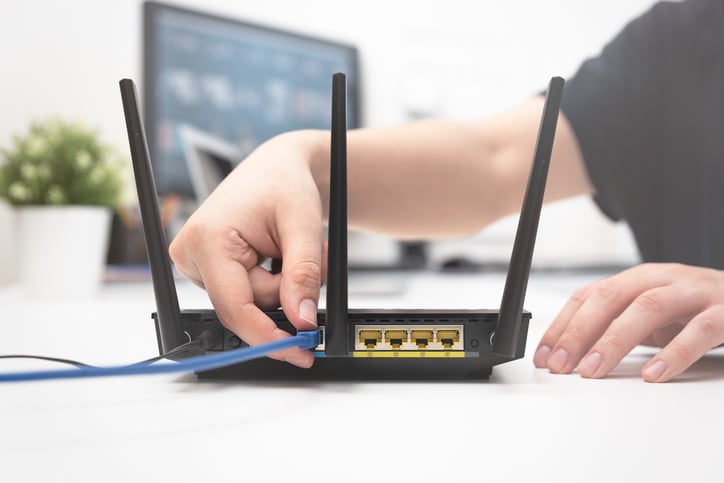What is Telecom Connectivity?
In today's rapidly evolving digital landscape, the term "connectivity" has become a bit of a buzzword in the industry.
How do we define connectivity in telecommunications?
The terms telecoms and connectivity are sometimes viewed as interchangeable terms, but in this industry sector it’s important to be specific. Telecommunications is defined as the exchange of information over significant distances by electronic means. The term relates to the effect rather than the medium so telecommunication can be achieved via copper wire, radio waves, fibre optic cable, satellite technology etc.
Connectivity, on the other hand, is a more nuanced term. Essentially, it means simply to be connected. In the telecommunications sector it is defined more precisely as the ability of a device or set of devices to connect with others. Those working with network providers to install broadband connections understand this to relate to products that relate to the point at which fibre cables meet the end user: products such as closures and customer termination boxes.
Why is fibre connectivity important?

As demand for online entertainment and services increases, so the demand for reliable high-speed connectivity should also increase. It’s a circular argument: the services are launched as there is the technical capacity to deliver them, but the high-speed broadband network then needs to expand in order to allow consumers full access to the range of services available.
Governments across the globe recognise the advantages of a fully connected population and are setting targets to achieve this goal. In February 2022, the Government revised its target to deliver nationwide gigabit-broadband from 2025 to 2030, with an ambitious goal of reaching a minimum of 85% of premises by 2025.
The current average broadband speed in the UK is around 80Mbps and having gigabit-capable broadband means that the network can support much faster download speeds of at least 1 gigabit per second (Gbps) or 1,000 megabits per second (Mbps). A 1 Gbps download speed would allow a high-definition film to be downloaded in under 1 minute. New gigabit-capable networks are primarily being built using full fibre technology with wireless networks potentially being the most economically viable option in very hard to reach areas.
What are the challenges?
The Ofcom’s Connected Nations report published in December 2023, highlighted that 17.1 million (57%) premises in the UK have access to full fibre networks, and that the take-up of full fibre is gathering speed. According to the report, 1.7 million new full-fibre consumer connections were made in the year to May 2023 alone, out of a total of 4.6 million full-fibre connections. This means that some 28% of properties with full fibre available to them have taken up the option.
Demands for high-speed internet will continue to grow as we increasingly consume more data. Despite the acceleration of the take up of full fibre, the total number of UK premises with full fibre connections is still below 30% - presenting two challenges (or opportunities). First is the ability to accelerate the final connections – requiring supply chain and installation capacity - and second is the need to educate potential users on the advantages of full fibre capacity and stimulate demand.
Many homes still access their broadband connections via copper connections from the street cabinet to the home and it is this critical “last mile” connection which is the focus for the expanding broadband sector.
How is Prysmian advancing connectivity for telecoms?
Supporting an expanding market will always put pressure on the supply chain, but it is critical that at this stage of accelerating roll-out, customer connections are based on high-quality and future-proof components.
Prysmian, a leading provider of fibre optic cable across the globe, has based its Centre of Excellence for connectivity products right here in the UK. An expanding suite of connectivity solutions are designed and manufactured by a team of engineers who have been working on fibre networks for decades. With high-speed installation a priority, the products are designed to be user-friendly to install as well as robust and long lasting.
Visit our Connectivity section for more about our extensive range of products and solutions.



